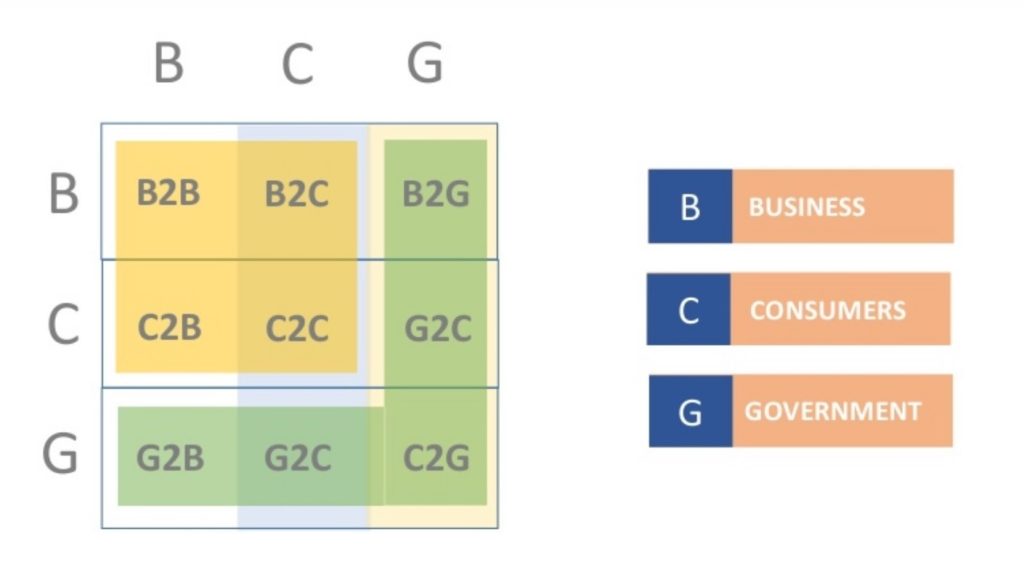Uses of complementary currencies 07
A complementary currency is a money creation tool, used as a means of payment. We can call them local, social, commercial, alternative, complementary currency…
It is not something new, they have always existed. If you look in your wallet you will see points cards, DIA, Mercadona, breakfast vouchers, etc. All these tools are various types of complementary currency, most of them aimed at commercial customer loyalty.

Local currency billets (Source: Brixton Pound)
Some characteristics of complementary currencies can be:
- They are based on the abundance of resources and capacities of a community
- It does not serve as a store of value and therefore its accumulation does not make sense
- Its main function is usually to promote monetary circulation at times when legal tender money is scarce.
- We can see various formats such as primer, paper money, digital
- Possibility of customization and personalization such as bonuses, discounts, oxidation, expiration, etc.
What needs do complementary currencies satisfy? What are your objectives? Depending on the type and how it is configured we can identify the following key objectives:
- Relocate the economy in the local environment > money flow
- Facilitate access to money and credit in the community
- Strengthen community and relationships
- Make visible skills and abilities
- Satisfy basic needs
- Promote and strengthen the productive fabric and local commerce
- customer loyalty
- Promote the generation of employment and social economy
- Advancing towards local and community resilience
Different types of coins will have different objectives… thus, complementary currencies promoted by merchant associations will have an objective oriented to relocate the economy in the local environment of neighborhood commerce and, probably, towards customer loyalty.
A currency promoted by a Local Administration may be more oriented towards satisfying the neighbourhood’s needs, especially those of the most vulnerable groups, and even towards generating employment and job and professional opportunities.
A currency promoted by a group of neighborhood associations, may be oriented towards strengthening the community and its relationships, as well as making visible skills and abilities.
A useful way to define complementary currencies is based on the actors that promote it and the actors that benefit from it.

Taxonomy of complementary currencies (Source: Enric Montesa)
